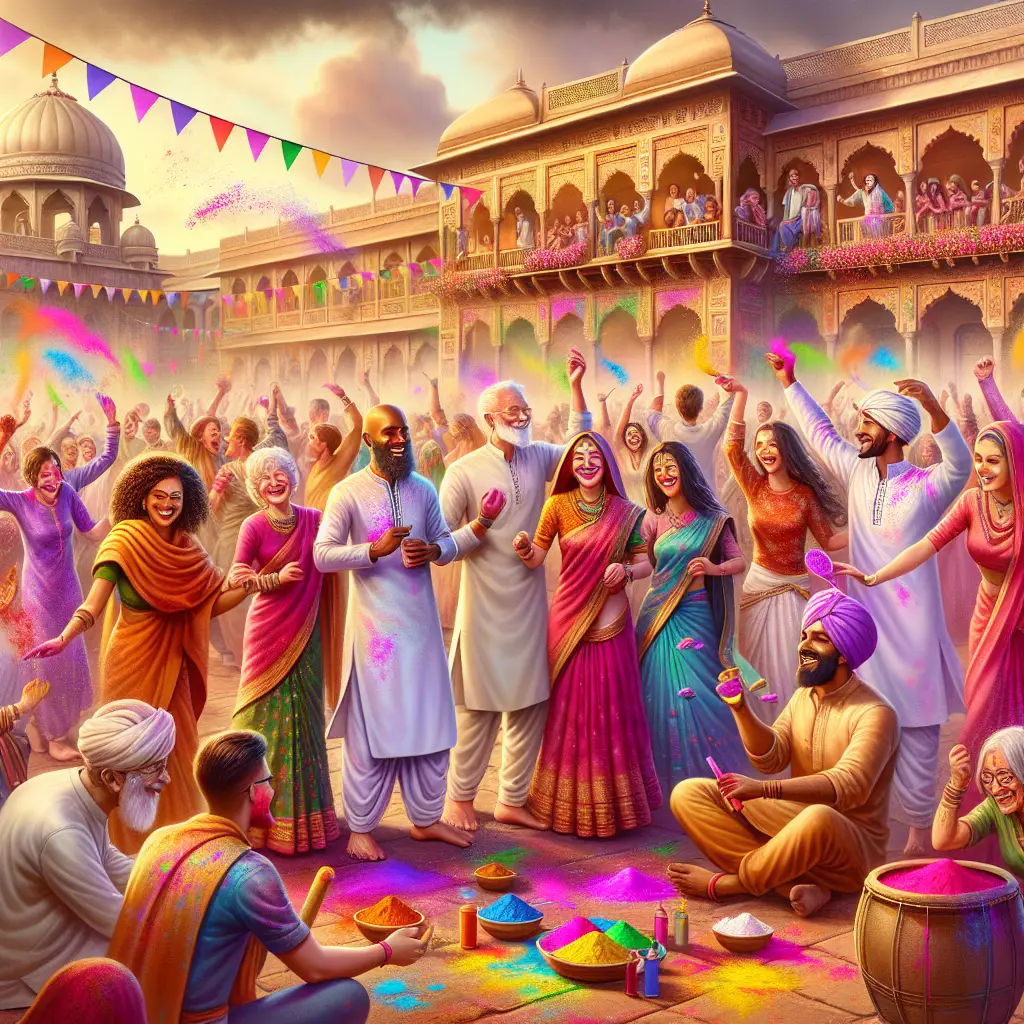
Nachiketa and Yama A Timeless Dialogue from Indian Scriptures: The Story of Nachiketa and Yama
The ancient Indian scriptures are replete with profound wisdom and philosophical insights that offer guidance on life’s deepest questions. One such narrative, revered for its depth and spiritual lessons, is the dialogue between Nachiketa and Yama, the god of death, as depicted in the Katha Upanishad. This fascinating story explores themes of life, death, and the quest for eternal truth. Let us delve into this remarkable discourse that unveils the mysteries of existence.
Setting the Stage: The Sage and the Curious Child
Long ago, in the Vedic period, lived a sage named Vajashravas. He was known for performing a grand sacrifice, known as a Yajna, offering everything he possessed in pursuit of heavenly rewards. However, his offerings, particularly the cows he decided to give away, were old and unproductive. Observing this act, Vajashravas’s young son, Nachiketa, was filled with doubt about the integrity and righteousness of his father’s sacrifice.
Intrigued by the concept of true sacrifice and giving, Nachiketa approached his father with the innocent yet probing question: “Father, to whom will you offer me?” Vajashravas, agitated by Nachiketa’s constant probing, impulsively said, “I give you to Yama, the god of death.”
The Journey to the Abode of Death
Nachiketa took his father’s words seriously and embarked on a pilgrimage to meet Yama. Upon reaching the abode of death, Nachiketa found that Yama was absent. Undeterred, he waited for three days without food or water. Impressed by the boy’s determination and resilience upon his return, Yama offered him three boons as a reward for his patience.
The Three Boons and Their Significance
Each boon granted by Yama carries a profound significance, addressing different dimensions of human life and understanding.
- First Boon: Reconciliation and Blessings
Nachiketa’s first request was simple and heartfelt: he wished for his father’s anger to subside and to be received warmly upon his return. This boon highlights the importance of familial harmony, the first step towards spiritual and emotional well-being.
- Second Boon: The Secret to Fire Sacrifice
In his second boon, Nachiketa desired to learn the secrets of the Agni Vidya, the fire sacrifice that leads to heaven. Granting this knowledge, Yama imparted not only the rituals but also explained the symbolic meaning of sacrifice, emphasizing the need for purity of heart and intent in every offering. This symbolizes the quest for knowledge and the understanding of the cosmic laws of nature.
- Third Boon: The Mystery of Death
The most significant boon, the key highlight of the narrative, was when Nachiketa asked Yama to reveal the mystery of what happens after death. Initially hesitant, Yama tried to divert Nachiketa’s attention by offering worldly riches and pleasures, yet the determined boy persisted, seeking the eternal truth beyond mere mortal existence.
The Profound Teachings of Yama
Convinced of Nachiketa’s sincerity, Yama shared the ultimate wisdom of life and death. He explained the nature of the self, distinguishing between the transient body and the immortal soul. Teaching through the analogy of a chariot, Yama elucidates:
- The body is the chariot.
- The intellect is the charioteer.
- The mind is the reins.
- The senses are the horses.
- The soul is the passenger.
Yama described the importance of maintaining harmony between these elements to achieve self-realization. By understanding the distinction between the self and its material attachments, one could transcend the cycle of birth and death, attaining liberation or Moksha.
Katha Upanishad’s Relevance in Modern Life
In today’s fast-paced world, the dialogue between Nachiketa and Yama serves as a timeless guide, encouraging introspection and challenging the materialistic pursuits often mistaken for happiness. The teachings fall under some key reflections:
- True Wealth: Recognizing that material accumulation does not equate to spiritual fulfillment.
- Self-Realization: Understanding one’s true nature through disciplined living and meditation.
- Acceptance of Change: Embracing the impermanent nature of life, thus alleviating the fear of death.
- Wisdom over Wealth: Prioritizing wisdom and ethical living over the pursuit of temporal pleasures.
Conclusion: The Eternal Quest for Truth
The story of Nachiketa and Yama stands as a powerful narrative, inspiring countless seekers towards their spiritual path. This dialogue between a determined youth and the deity of death is not merely an ancient fable but a beacon of wisdom that guides us to navigate life’s complexities.
Nachiketa’s quest represents the ultimate human pursuit: the understanding of our true self and the intricacies of life and death. Through such stories, Indian scriptures invite us to look beyond our mundane existence and foster a deeper connection with the eternal truth. The questions Nachiketa posed thousands of years ago continue to resonate, urging humanity to seek answers that have the potential to transform our lives.










